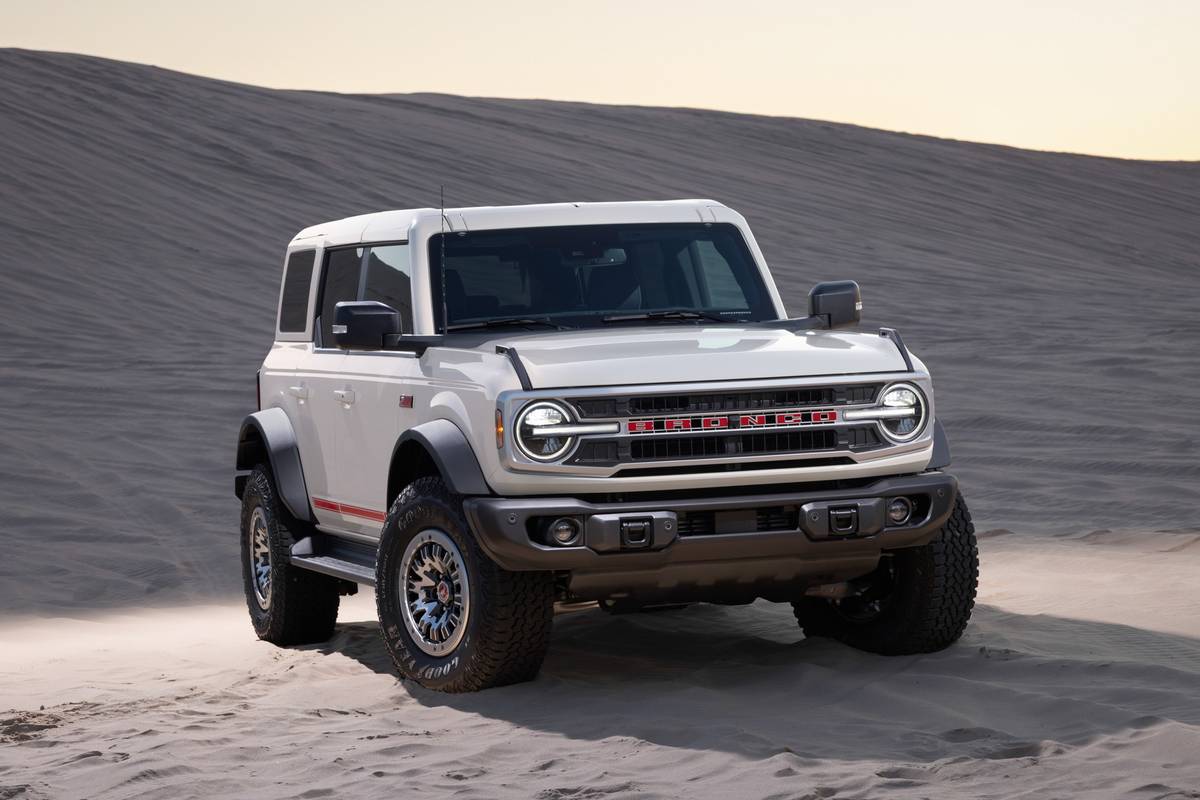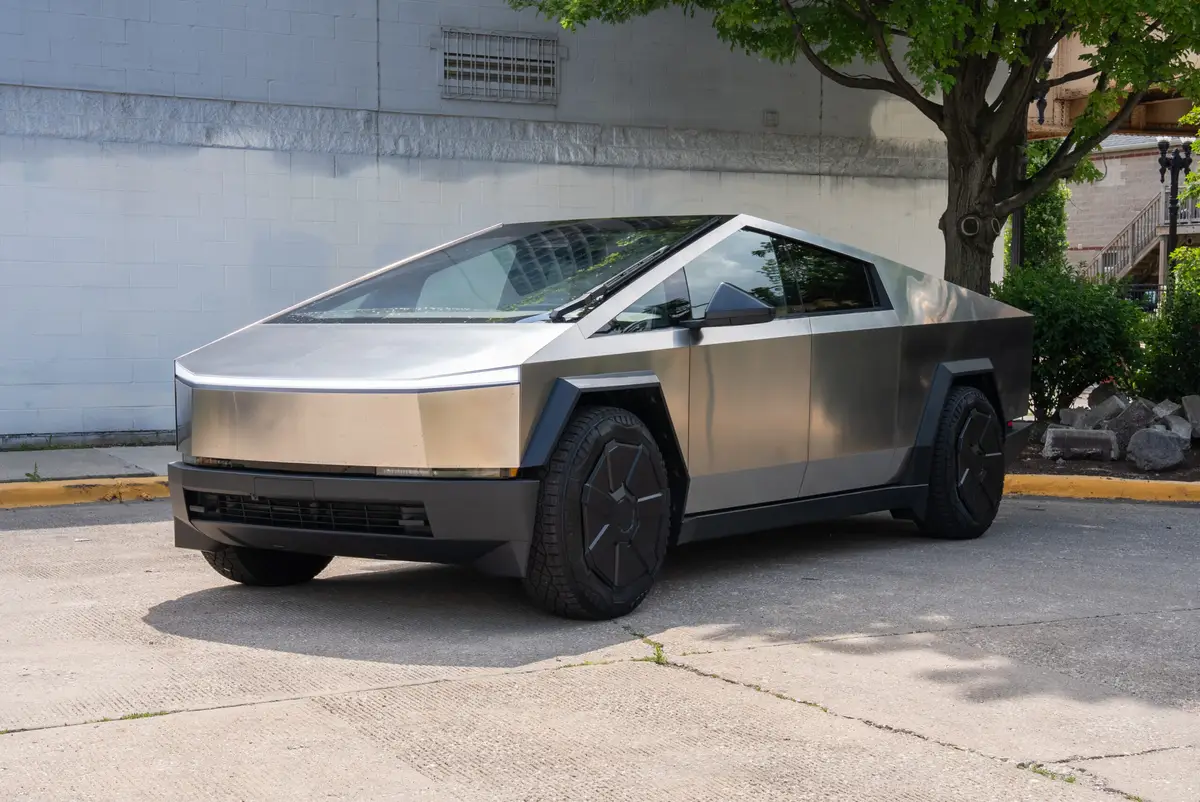The Detroit Newspapers's view
ANN ARBOR — Michael Lysaght and Paul Tassi were at my house recently to give me some feedback on the 2006 Subaru WRX when they got distracted by a 2006 Volkswagen Passat in the driveway.
“Hey,” said Tassi, 18, a member of the Detroit News Automotive Consumer Panel, as he stood in front of the Volkswagen. “The Passat looks like a (Chrysler) Pacifica from this angle!”
“Is that a compliment?” I asked, knowing full well the crossover is a mom-mobile.
He and Lysaght, 17, a senior at Northville High School, just laughed.
Later, I drove the Passat, the German automaker’s latest volley in the red-hot mid-size sedan wars, to the home of a 40-something friend who owns a VW Jetta. But I couldn’t talk her into a test drive.
“I don’t care for the looks,” she said.
And therein lies one major concern about the otherwise impressive Passat, whose face has been massaged to appear more upscale and similar to those of the sedans in sister brand Audi’s lineup. Judging by the reactions of these consumers — snickers and disinterest — VW may be alienating potential customers as well as its core audience of younger buyers in a push to move into ritzier territory.
That move began a few years ago with the introduction of the Phaeton, the brand’s $67,000-plus flagship sedan.
As someone who as recently as a year ago leased a Volkswagen Jetta wagon and once owned two Beetles, I find it hard to get past a VW sedan that’s laden with chrome and a too-flashy medallion-shaped grille. It doesn’t fit my mental image of the brand, and it hurts a bit to see VW begin to abandon the funky-factor design that is earthy yet compelling.
The other concern with the new Passat is price, especially when you put it up against domestic competitors like the 2006 Ford Fusion.
The five-passenger Passat is on sale now, with four models ranging in price from $23,565 for a base version to $32,515 for a top-of-the-line, all-wheel-drive 4Motion model. A fully loaded Passat hovers near the $40,000 mark. VW says a wagon version of the Passat will debut later in the model year.
The Passat is in the cross hairs of such competitors as the Fusion, Honda Accord and Toyota Camry, all of which start at under $20,000. The Passat also butts heads with near-luxury vehicles, such as the 2006 Lincoln Zephyr and Toyota Avalon.
My test Passat was a four-cylinder 2.0T (for turbo) model priced at $31,565. It had several options, including a $2,825 package that bundled leather seats, heated front seats and the satellite radio system together. It had an $1,800 DVD satellite navigation system with a 6-disc CD changer.
After putting 258 miles on the test car in October, I found much to like about the Passat, especially its cabin. I kept discovering satisfying little details, from a deep center console that can be heated or cooled with an air outlet to an umbrella pocket in the driver’s door.
You get a sense of VW’s high-tech bent the minute you slide behind the wheel of the Passat and pop the chunky ignition “key” into a slot in the instrument panel.
The Volkswagen human-factors engineers didn’t miss a trick in making the cabin feel as if it has a custom fit. Even the front armrest can be adjusted for height.
The two-tone cabin — dove gray and black in the test car — was more understated than the car’s exterior, with carbon-fiber trim touches and just a bit of chrome in places like the shift lever surround. The cabin is much roomier, too, thanks to a stretched and widened frame.
The rear seat has excellent amenities, including new air vents with fan control, an ashtray, an armrest with pop-out cupholders and individual, airplane-style reading lights. There is not a lot of headroom in the rear, however.
I was blown away by the Passat’s safety features, which surpass those of the Fusion and its sibling, the Zephyr.
Stability control, which keeps you from fishtailing on slippery roads, is standard on the Passat.
The Passat has standard front side air bags and side air curtains that protect all outboard passengers. New for 2006 are $350 rear side air bags that supplement the side air curtains by protecting the torso. In addition, antilock brakes are standard on the Passat.
Of course, the Fusion’s base price starts at $17,995, including destination, which helps to explain the equipment disparity when you hold it up against the Passat.
The two engines in the Volkswagen outgun what is offered in the Fusion – and they are a considerable improvement over what was offered in the old Passat.
The base Passat is equipped with a turbocharged 2.0-liter four-cylinder engine that makes 200 horsepower and 207 pounds-feet of torque. It is mated to a six-speed manual transmission. The four-cylinder engine delivers 23 miles per gallon in city driving and 32 mph on the highway.
The 3.6-liter V-6 engine makes 280 horsepower and 265 pounds-feet of torque. It is mated to a standard six-speed automatic transmission with Tiptronic for clutchless shifting. VW says there are no plans in the U.S. to offer a six-speed manual with the V-6. The V-6 delivers 19 mpg in city driving and 28 mpg on the highway.
Ride quality and driving characteristics are a real point of pride for the German automakers, and, as expected, they are top-notch in the Passat, although I noticed some torque steer when the turbo kicks in under full throttle.
A new electro-mechanical power rack-and-pinion steering system provides good on-center feel and gives the average driver a lot of confidence, especially at highway speeds. The independent rear suspension and wider track contribute to a smooth, firmly planted ride. The Passat is a snap to maneuver, especially in tight parking spaces and U-turns.
VW says the Passat “makes the prospect of settling down and driving a responsible family transporter even more desirable.” We agree, up to a point.
If you can get past the overdone new face and the relatively expensive price, the Passat is bound to be near the top of your shopping list.
Latest news


2025 Tesla Cybertruck Review: Wedge Issues

